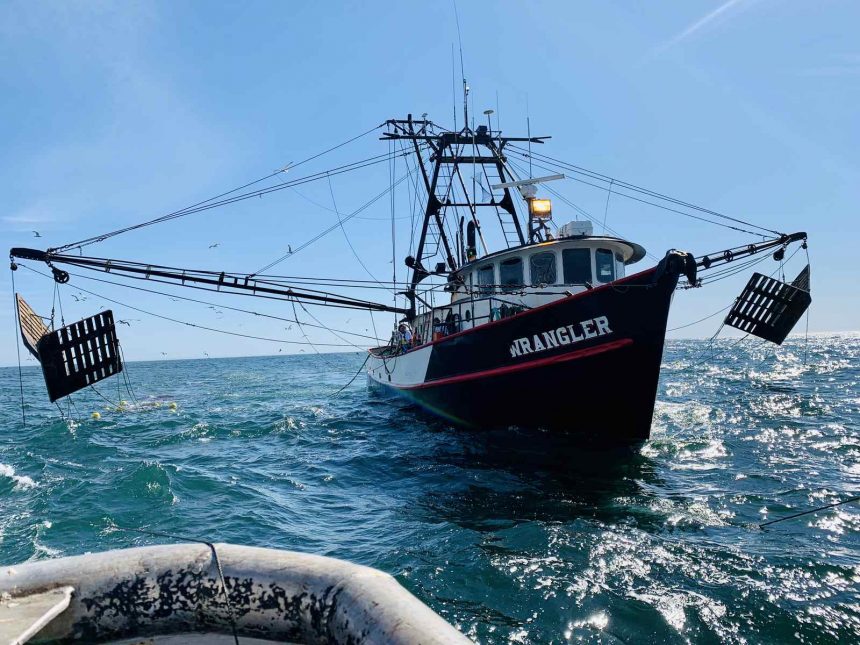The crab production in the country decreased by 28.3% o between January and September 2021, compared to last year. The information was advanced this Thursday by the National Fisheries Administration, which announced the ban on shrimp and crab catch from November 1 to March 31, 2022.
According to the institution, the crab figure for 2021 was 6019 tons compared to last year's, which was 8400 tons.
As explained by the National Director of Fisheries, Cassamo Júnior, quoted by "O País", this reduction was due to the incentive to the practice of aquaculture, which made a good part of the operators abandon the capture of species.
The official points out, by way of example, that of the 21 licenses granted to fishing operators in 2020, 12 opted for captive crab production this year.
"This slight reduction happens, mainly, in light of the obligation of fishing companies to present aquaculture projects, so that part of them stopped operating in the traditional way to breed species in captivity," said Casso Júnior.
Meanwhile, as for shrimp, the numbers are encouraging, with the catch season for this species in 2021 being 5901 tons, a slight increase of three percent over the 2020 period, whose production was 5801 tons.
It is expected that the shrimp and crab catch will be subject to sealing every year. The measure aims to ensure production in the next season of capture of the species.
As in previous years, the ban on catching shrimp is longer than that of crab, with the former species being closed between November 1, 2021 and March 31, 2022.
Catching of mangrove crab will be prohibited from November 1 to December 31 of the current year.
Thus, the National Administration has warned operators to declare the quantities they have, to allow better control of the product that will circulate in the market during the ban period.

